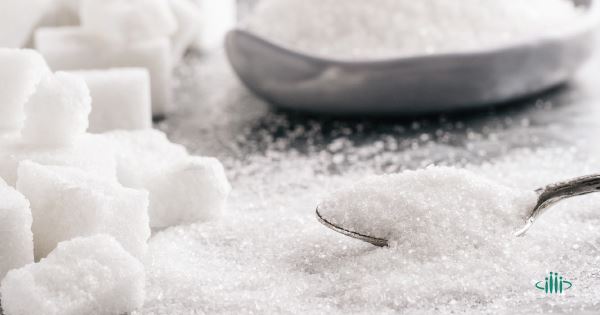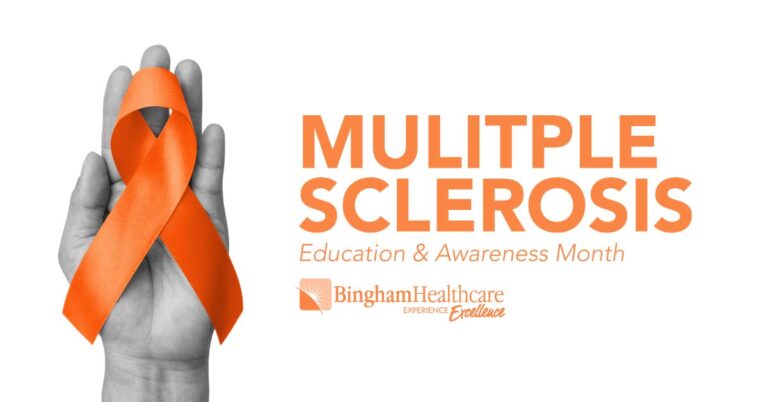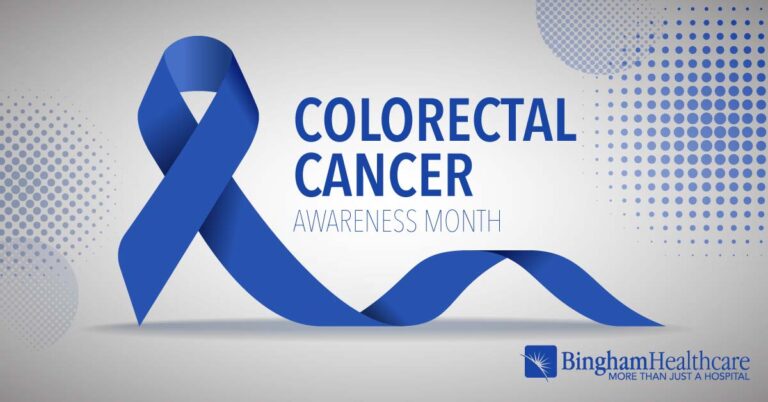
The Highs and Lows of Sugar
Mary Poppins perhaps didn’t know what she was talking about—a spoonful of sugar seems to make just about anything tolerable. For many people, a piece of chocolate is just the thing for turning a bad day into a good one, and a soda (or two, or three) can make an impossible deadline manageable. However, the problem is that what tastes so good going down can be a culprit in obesity and can potentially lead to an assortment of other health problems like diabetes and heart disease.
Two of Bingham Memorial’s Family Medicine specialists provide the scoop on sugar—the good, the bad, and the substitutes—and what you need to know to have your cake and eat it too.
A Bad Rap
Is sugar bad for you? Karla Adams, FNP-C, family medicine specialist at Bingham Memorial Family Medicine in Blackfoot, says, “Well, that depends. Sugars make foods taste good, and the enjoyment of food is important,” she says. “But it is important to consume sugar in moderation. An overwhelming amount of anything in the diet is bad.”
Moderation is difficult to achieve, however, when sugars are waiting around every corner in natural—and often unnatural—forms. “We’re not genetically programmed to eat sugar in the form it comes in today, and in the amounts we do,” explains Adams. “We’re supposed to eat fruits, with natural sugars, not the processed and refined sugar you find in packaged foods. But, because fruit contains a lot of sugar, it’s always important to eat fruit in moderation, too.”
Too much sugar, of any type, causes your blood sugar to rise, which triggers insulin release. Moderately active women through the age of 30 and moderately active men of all ages require two cups of fruit per day, while women over the age of 30 should reduce their daily intake to 1 1/2 cups, according to the United States Department of Agriculture. A one-cup serving of raw or cooked fruit generally counts as one cup of fruit toward total daily intake.
With more than 30 years of experience in the medical field, Adams has seen first-hand that increased sugar consumption is one of the reasons for higher rates of obesity, heart disease, diabetes, and fatigue. However, a direct link between sugar and poor health is not as distinct.
“There are few studies that demonstrate that sugar is the cause of any illness,” says Adams. “Recent studies suggest there is a relationship between high intake of sugar and weight, but these studies do not show that sugar by itself causes weight gain.”
What is known, though, is that a diabetes epidemic exists in Idaho. Approximately 135,000 people in Idaho, or 10.3 percent of the adult population, have diabetes, according to the American Diabetes Association (ADA). Of these, an estimated 36,000 have diabetes but don’t even know it, greatly increasing their health risks. In addition, almost 400,000 people in Idaho, 35 percent of the adult population, have prediabetes with blood glucose levels higher than normal but not yet high enough to be diagnosed as diabetes.
Consumers shouldn’t eat as much sugar as they want. According to Adams, the consensus among many of the nutritionists she’s worked closely with is that people should be more aware of how much of all types of food they are consuming and how often.
What’s the Difference?
The assortment of sugars available is dizzying. In addition to sugar (sucrose, or table sugar), there’s molasses (a less-refined sucrose), fructose and glucose (found in fruits), corn syrup, and high-fructose corn syrup (a combination of glucose and fructose). But regardless of which sugar is consumed, the effect is the same.
And then there’s aspartame, the artificial sweetener in diet sodas that contains an amino acid called phenylalanine. In some scientific studies, like one from the National Institutes of Health, phenylalanine has been shown to hinder our production of serotonin (the happy neurotransmitter that regulates mood). Overtime, this can cause serious depression.
Fake sugars also mess with your system as a whole. Artificial sweeteners actually cause your body to release insulin, which tells your body to store fat and leads to weight gain. Then, when you do consume real sugar, your body doesn’t know what to do with it because it’s been tricked for so long by fake sugar. As a result, the body doesn’t release the hormone that regulates blood sugar and blood pressure.
On the Lookout
With more than 15 years of medical experience, Dr. Christopher Heatherton, family medicine specialist at Bingham Memorial Family Medicine in Blackfoot, says, “I just know and have seen the consequences of too much sugar in someone’s diet. Moderation is the way to help people see they can accomplish cutting back on anything, but I would like to stress that removing at least 90 percent of sugar from a diet is one of the healthiest things you can do for yourself. Honestly, some folks consume so much sugar that just cutting back is not enough.”
The average American eats around 22 teaspoons of sugar per day, according to the U.S. Department of Agriculture. According to the 2015-2020 Dietary Guidelines for Americans, adults should not get any more than 10 percent of their daily calories from sugar. In a 2,000-calorie diet, that’s 200 calories from sugar, or approximately 12 teaspoons. Other organizations have different limit suggestions. The American Heart Association, for example, recommends women limit sugar consumption to 6 teaspoons (25 grams) per day and men limit to 9 teaspoons (36 grams) per day. The World Health Organization suggests getting no more than 5 percent of daily calories from sugar, or about 25 grams.
Cutting back on sugar can be tougher than it sounds. It lurks in some of the most unlikely of places, making it difficult for consumers to monitor how much they’re ingesting.
Dr. Heatherton recommends looking at serving sizes to get a better idea of just how much sugar is involved. “Those 20-ounce plastic bottles of soda are two and a half servings, not one,” he says. “Did you know there are 20 servings in a cereal box? Who gets 20 bowls out of a box of cereal?” He also points to unlikely places to find sugar. “Four ounces of milk has 13 grams of sugar, and that’s natural” he says.
For tips on cutting back on sweets, Dr. Heatherton recommends sharing a dessert, only on special occasions, by splitting it with a friend or taking half home for the next day, or avoiding desserts altogether. Sweets packaged in single servings can help monitor quantity. Finally, like Adams mentioned, opt for sugar in its natural form: fruit.
“Because we are born with a preference for sweets, we are not likely to stop eating sweet-tasting foods,” Dr. Heatherton says. “Fruit—fresh, frozen, or packed in its own juice—can satisfy the most sugar-demanding consumer.”
Overall, the consensus is this: Read all food labels to understand how much sugar you’re consuming on a daily basis (which might surprise you). Try to cut out those foods with lots of sugar and replace them with less sugary items. If you’re having a sugar craving in the afternoon, reach for a piece of fruit instead of that candy bar.
Looking for a Family Medicine Provider in Blackfoot?
Karla Adams, FNP-C, specializes in family medicine for patients of all ages, with an emphasis on pediatrics. She sees patients in Blackfoot and same day and next day appointments are available.
For more information about Karla, please call (208) 782-3990.
Christopher Heatherton, DO, is a board-certified family medicine doctor and sees patients of all ages. It is also important for him to help adolescents through mild to severe cases of depression. He sees patients in Blackfoot and same day and next day appointments are available.
For more information about Dr. Heatherton, please call (208) 782-2980.
In addition, Dr. Heatherton is huge advocate for promoting a healthy lifestyle. Every month, he holds a FREE Exercise & Nutrition class in Blackfoot. For more information on the topics, imes, and dates, please visit: http://binghammemorialseminars.com/exercise-nutrition-class/
Concerned about Prediabetes?
Bingham Memorial also offers a diabetes prevention program. This is a one-year program that teaches people to prevent getting type 2 diabetes. For more information, or to register for the next class, please call Amie Heatherton at (208) 782-2450.
Our content is reviewed regularly and is updated when new and relevant evidence is made available. This information is neither intended nor implied to be a substitute for professional medical advice. Always seek the advice of your physician or other qualified health provider prior to starting any new treatment or with questions regarding a medical condition.
Return to Articles


